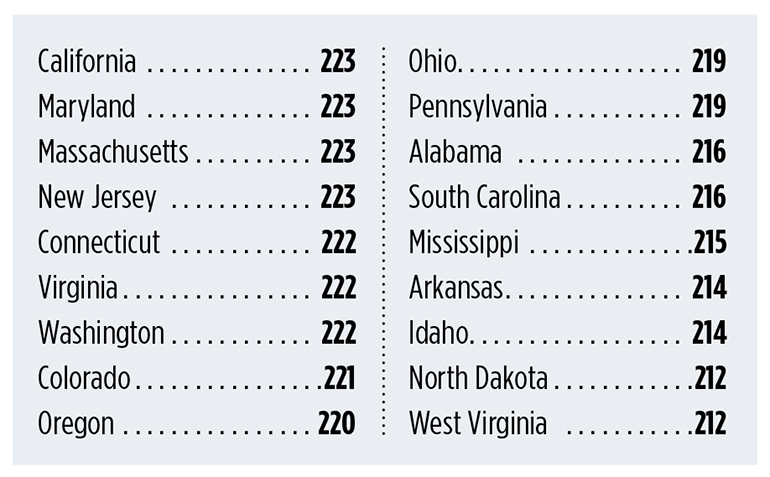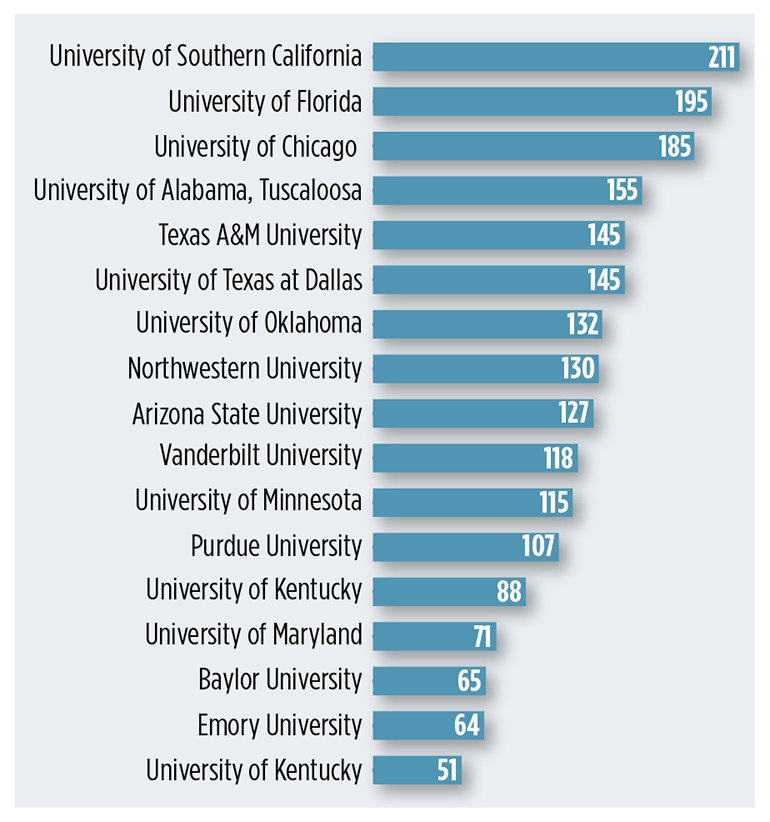The National Merit designation isn’t nearly as important as parents and teenagers might assume.
Many parents of smart teenagers assume that becoming a National Merit winner will make college practically free thanks to free-ride scholarship offers.
Whether National Merit honorees obtain a free education or anything approaching this will depend on the type of colleges that end up on their college lists.
Here is what your clients should know about National Merit eligibility and awards:
The first requirement of the National Merit Scholarship competition is taking the PSAT, which is considered a pre-SAT test.
Every fall about 1.5 million juniors take the PSAT at 22,000 high schools. The competition ends when high school seniors are notified in the spring if they are winners.
Roughly 55,000 students earn high enough scores that qualify for recognition either as commended students or semifinalists. About 16,200 high scorers are designated as semifinalists. Out of that pool of high scorers, there are just 15,000 or so finalists.
What it takes to be a semifinalist varies by state and year. The National Merit Scholarship Corporation imposes cutoffs by state based on the number of its high school juniors. The cutoff score is determined to produce the right number of semifinalists.
The test-score cutoffs are higher for students living in wealthier states with more college-educated residents.
Courtesy of Compass Education Group, here are test cut-off examples by state for the Class of 2019:

It takes more than a high score to jump from semifinalist to finalist. Here are the requirements:
- Submit the National Merit Scholarship Application.
- Succeed academically in high school.
- Receive a recommendation from the high school principal.
- Earn a high test score on the SAT. Beginning for the Class of 2020, however, a high score on the ACT can be used as a qualifier. (This is a long overdue development.)
National Merit Awards Realities
1. The awards from the NMSC are quite modest. The NMSC dispenses $2,500 one-time-only awards. Most students who win the program’s top designation don’t even receive one.
2. Companies also dispense these awards.
The recipients of these awards are typically employee children. Other winners live in the community and are interested in pursuing majors or careers the employer wants to encourage.
The corporate-sponsored scholarship ranges from $500 to $10,000 a year, with a single award ranging from $2,500 to $5,000.
3. Colleges represent the remaining source of scholarship dollars. The official National Merit Scholarships that schools award are puny. They range from $500 to $2,000 for up to four years.
According to a recent annual report from the NMSC, here are universities that sponsor a large number of scholarships:

4. Not all finalists receive an award from the institutions they attend. Of the 15,000 or so finalists, roughly 4,100 receive scholarships from their schools.
5. It’s important for your clients to understand that the colleges not participating in the National Merit competition include many of the most prestigious institutions, including the Ivy League members. Some of the most sought-after public universities, including the University of Michigan, the University of Virginia and the University of California campuses, also don’t participate.
Elite universities don’t need to give scholarships to National Merit finalists because many of these students will eagerly attend these prestigious campuses without any financial carrot.
These institutions also believe that the National Merit competition is unfair because high PSAT and standardized test scores are essential. These test scores, however, are highly correlated with income.
Other Scholarship Opportunities
At this point, the hoopla surrounding National Merit Scholarships may seem undeserved. Top students, however, enjoy plenty of opportunities to capture more lucrative scholarships.
Universities, which tend to be less selective or are striving for higher U.S. News & World Report college rankings, are more likely to provide additional large merit scholarships to contest finalists and semifinalists. Here is a small sampling of universities that provide generous scholarships:
- Arizona State University
- Baylor University
- Iowa State University
- University of Alabama
- University of Central Florida
- University of Minnesota
- University of Mississippi
- University of Nevada
- University of Oklahoma
- Texas Tech University
- Wichita State University
It’s important to understand that students who score high on the SAT or ACT, regardless of whether they were ever in contention for a National Merit honor, will enjoy greater award options at private and public schools across the country.
Your clients should check the merit scholarship requirements at individual schools and compare those to their teenager’s academic profile.
Lynn O’Shaughnessy, a nationally recognized college expert, offers an online course – Savvy College Planning - exclusively for financial advisors. Click here to get Lynn’s guide, Finding the Most Generous Colleges.
